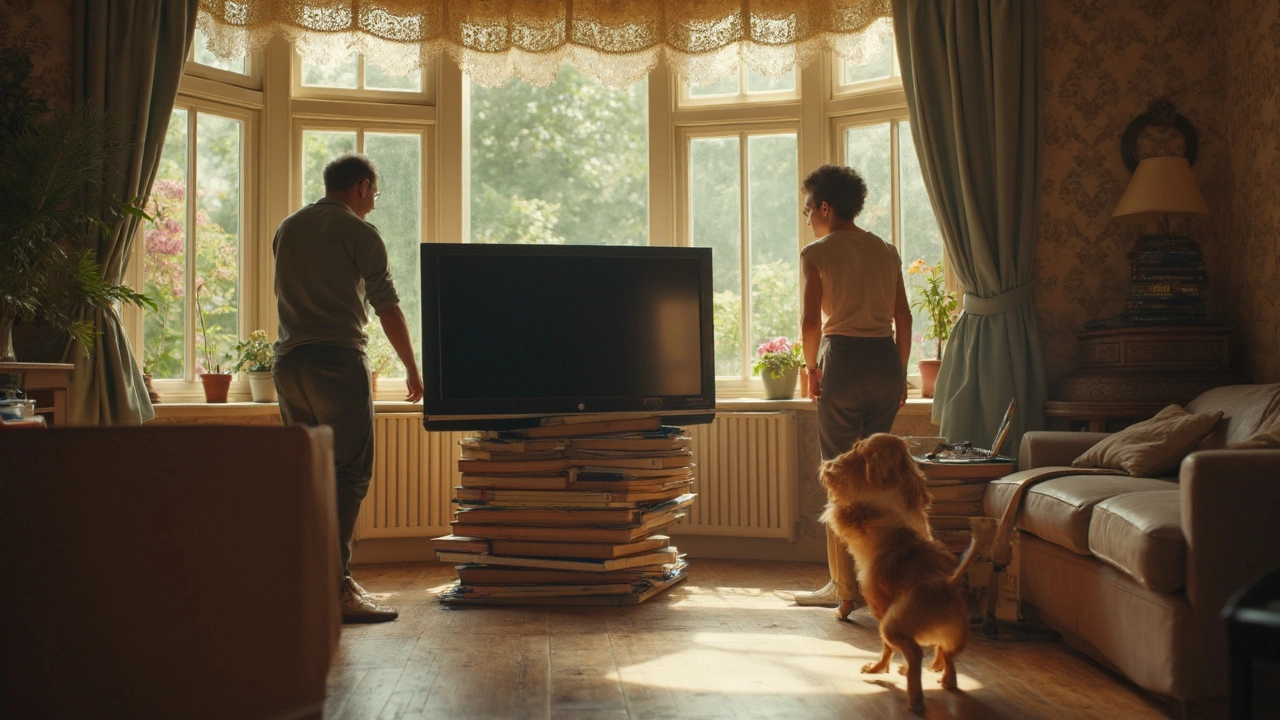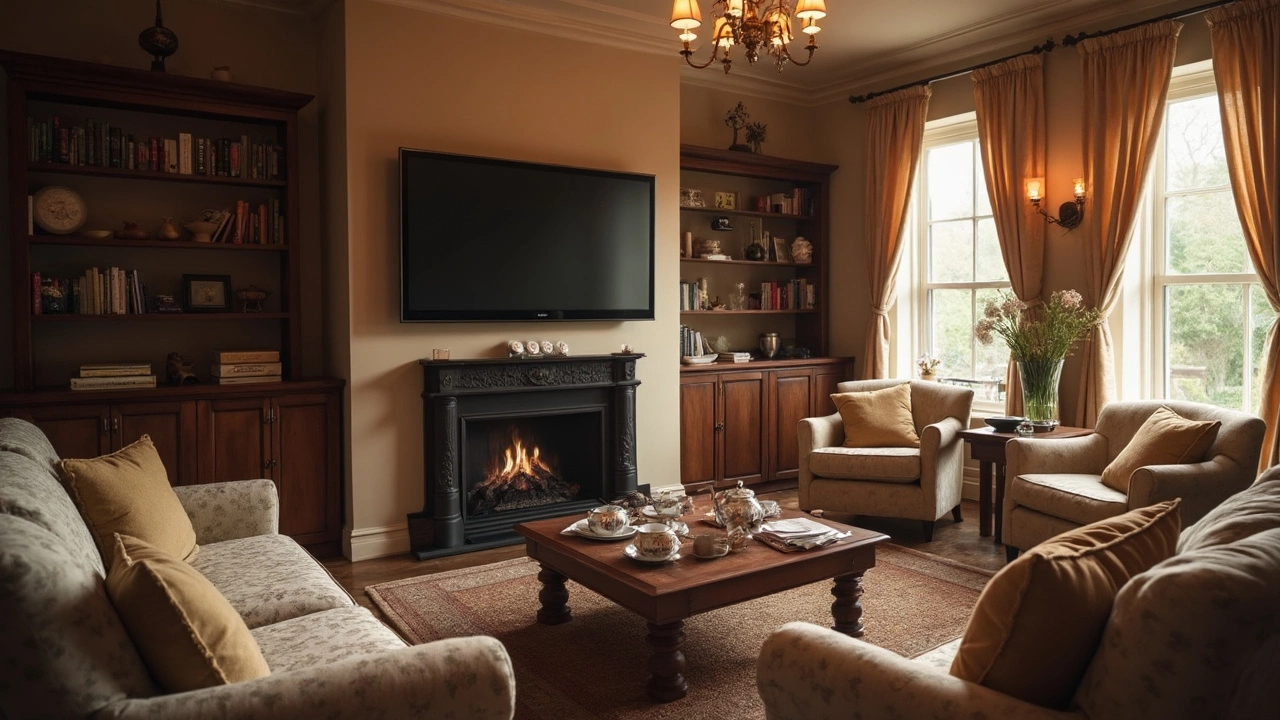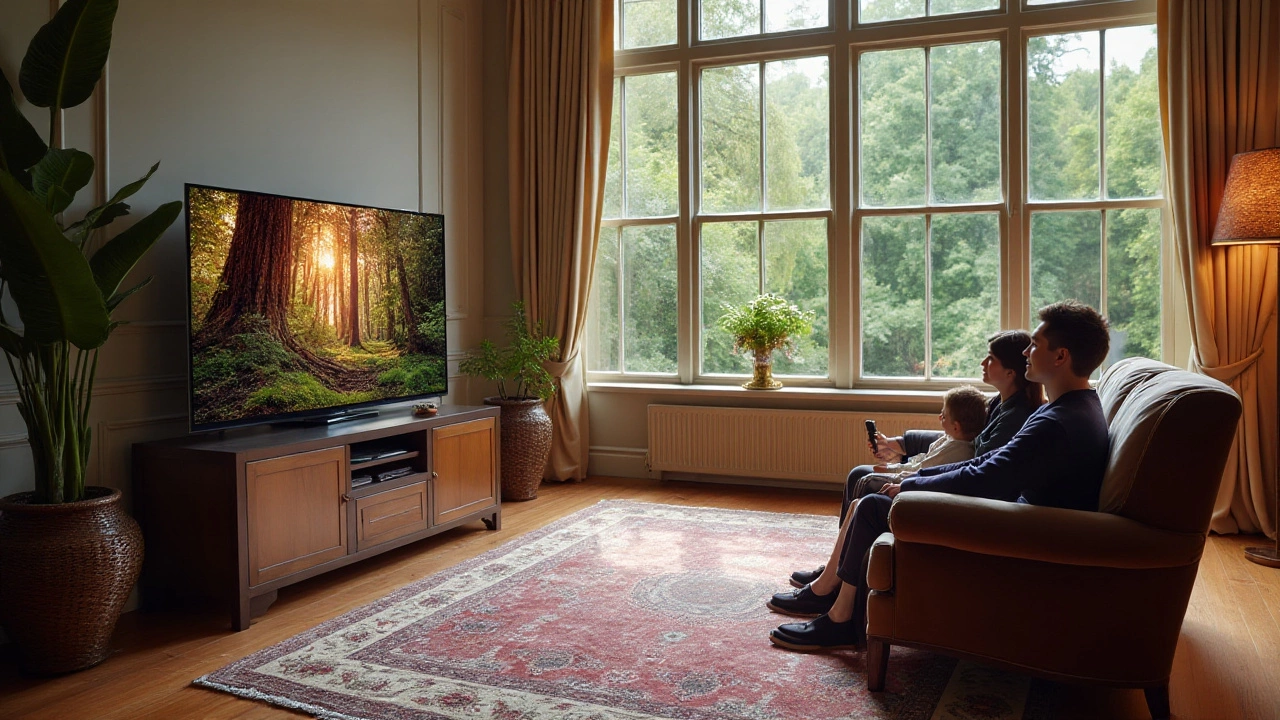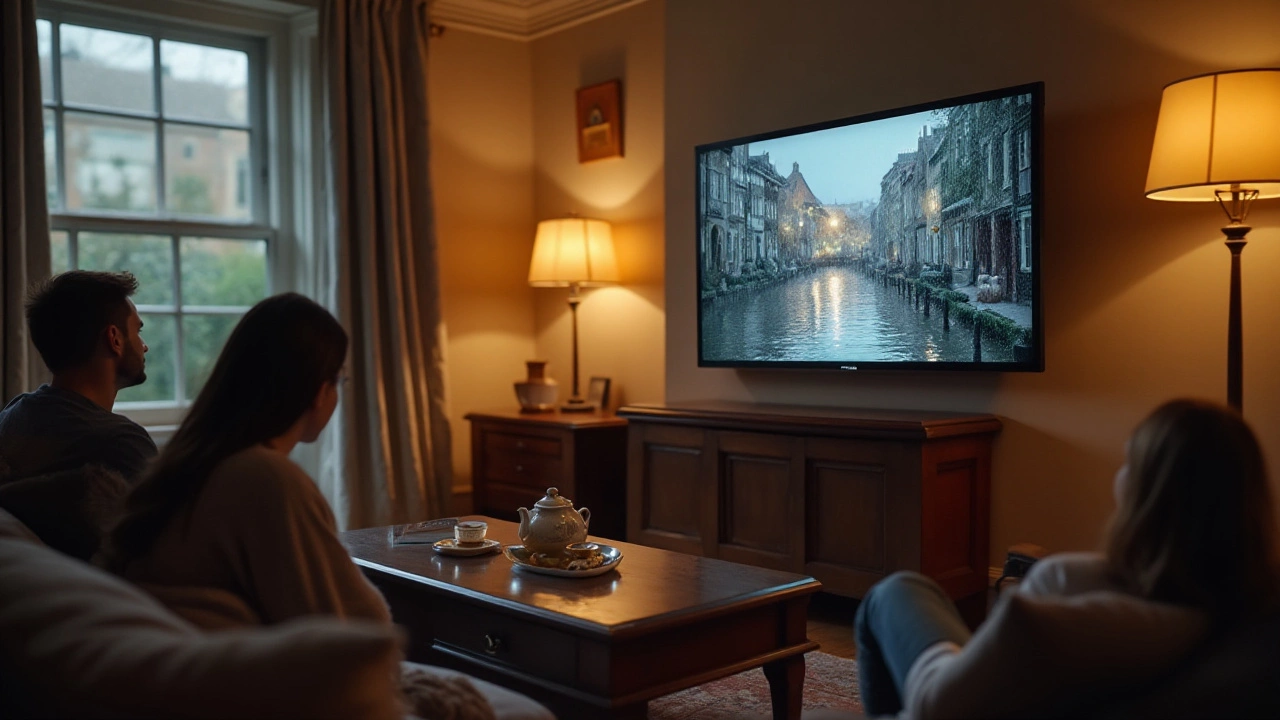TV Stands: How to Pick the Right Size and Place It Right
Got a new flat‑screen and wondering where to put it? A good TV stand does more than hold the screen – it ties the room together, hides cables and keeps everything safe. Let’s break down the steps so you can pick a stand that fits your TV, your room and your lifestyle.
Picking the Right Size
First thing: measure your TV. Most manufacturers list the screen width, but you need the whole cabinet width for a stand. A safe rule is to choose a stand that’s at least as wide as the TV, preferably a few inches wider. That prevents a wonky look and gives room for side speakers if you have them.
Next, think about height. The sweet spot is when the center of the screen sits at eye level when you’re seated. For most sofas, that means a stand height of 20‑30 inches. If you love reclining or have low‑profile chairs, you might want a taller stand to keep the view comfortable.
Storage matters too. Look for stands with shelves, drawers or cabinets if you need space for gaming consoles, Blu‑ray players or remote‑control boxes. Open shelves are great for easy access, while closed cabinets hide clutter for a cleaner look.
Material choice is another quick decision. Wood gives a warm, classic feel and blends well with rustic décor – perfect for a cottage vibe. Metal or glass offers a sleek, modern edge and can make a small room feel bigger. Pick what matches the rest of your furniture.
Placement and Safety Tips
Once you’ve got the right size, where should you put it? Keep the stand on a sturdy floor – carpet works but can hide wobble. If you have hardwood or tile, consider a rug under the stand to protect both the floor and the TV from accidental bumps.
Watch the back wall. A stand that’s too close to the wall can trap heat and affect TV performance. Leave at least a couple of inches of breathing space. If you’re using a wall mount, make sure the mount’s brackets fit the stand’s back panel or go straight to wall studs.
Cable management is often overlooked. Many stands come with built‑in holes or channels. Use them to run power cords, HDMI cables and speaker wires neatly. If the stand doesn’t have holes, drill a small one – it saves a tangled mess and looks tidy.
Safety: never place a heavy TV on a flimsy stand. Check the weight rating on the product page and compare it to your TV’s weight. If you have kids or pets that love to climb, anchor the stand to the wall with brackets. It prevents tip‑overs and gives you peace of mind.
Finally, test the view. Sit on your sofa, glance at the TV and see if you need to adjust the tilt or distance. The ideal viewing distance is roughly 1.5‑2.5 times the screen diagonal. For a 55‑inch TV, that’s about 7‑11 feet – perfect for most living rooms.
Choosing a TV stand doesn’t have to be a headache. Measure, match style, think about storage and safety, and you’ll end up with a piece that looks great and works even better. Ready to pick yours? Browse our collection for stands that fit every size, material and budget.
Lost Your TV Legs? Quick Fixes and Smart Solutions for Wobbly Screens
Misplaced the legs to your TV? You're not alone. These awkward-shaped plastic parts vanish at the worst times, leaving you with a screen and nowhere safe to put it. This guide covers practical ways to support your TV, from homemade fixes to finding the exact manufacturer part. Plus, you'll get tips to avoid future hassle and keep your TV setup safe for everyone in the house.
MoreShould the TV Be Tilted Down? The Lowdown on TV Placement
Wondering if your TV should be tilted down? This article dishes out everything you need to know about TV placement for optimal viewing comfort. Learn about the pros and cons of tilting your TV, ergonomic benefits, and how to achieve the perfect angle. Get insights and practical tips to enhance your Home Theater setup.
MoreUnderstanding the Size Difference: 75-Inch vs 65-Inch TV for Your Stand
Choosing the right TV size can significantly impact your viewing experience and the atmosphere of your living space. A 75-inch TV offers a more immersive experience but requires more space compared to a 65-inch model. This article delves into the size differences, room requirements, and tips for choosing the best TV stand for these larger screens. Learn about the advantages of each size to make an informed purchase decision. Discover practical tips for optimizing your space to accommodate bigger TVs.
MoreWhy Tilting Your TV Can Enhance Viewing Experience
Deciding whether to tilt your TV can significantly affect your viewing comfort and overall experience. This article explores the benefits and considerations of adjusting the angle of a TV, such as improving glare reduction and enhancing ergonomic comfort. It provides practical tips for the proper installation of tilted TV setups and highlights the importance of personal preferences and room layout. You'll also learn about common mistakes to avoid to ensure a safe and satisfactory installation.
More



